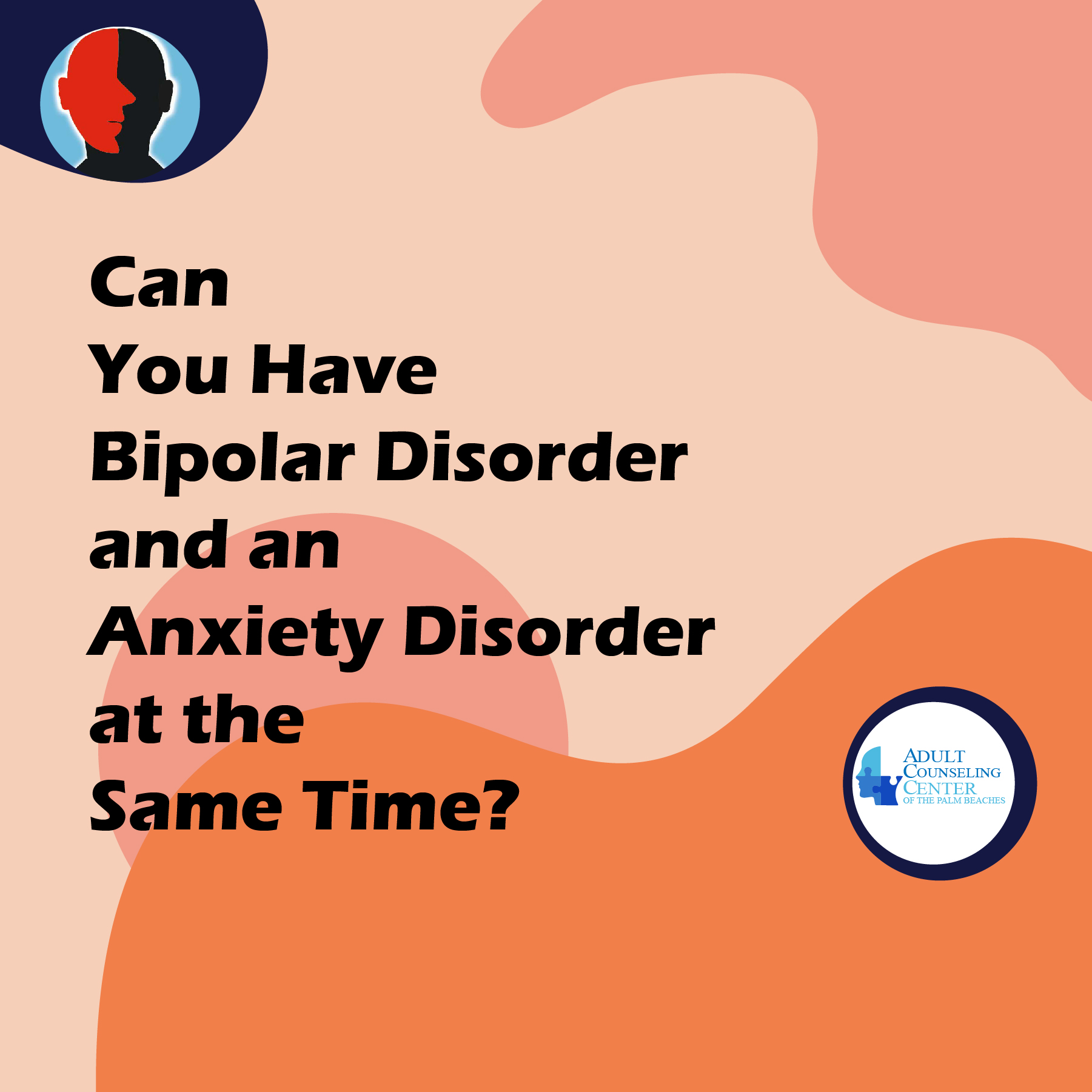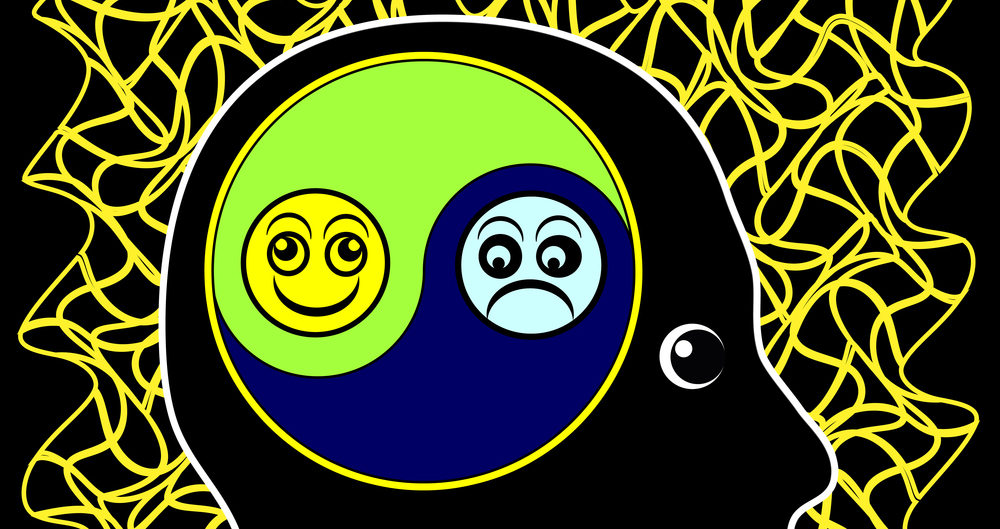
What does it mean to have an anxiety or bipolar disorder?
Bipolar disorder is a lifelong mental condition. It causes extreme mood swings that may range from high highs to low lows. These mood swings can cause major changes in mood, energy, and activity levels, and can interfere with your quality of life and daily activities. A person’s moods can change very quickly.
Everyone experiences some anxiety from time to time during their lives, such as before taking a test or making a big decision. However, some people have anxiety disorders that cause them to experience more than short-term worries. These people may have an anxiety disorder, which is not limited to life events and may worsen over time. Sometimes people with anxiety disorders have worries so severe that they interfere with their ability to carry out their everyday activities. The various types of anxiety disorders include:
- generalized anxiety disorder
- panic disorder
- social anxiety disorder

What is the connection between anxiety and bipolar disorder?
Anxiety disorders often co-occur with other mental health conditions, such as:
- depression
- obsessive-compulsive disorder (OCD)
- bipolar disorder
Anxiety disorders are an especially common mental health condition associated with bipolar disorder. Many people with bipolar disorder will experience at least one anxiety disorder during their lifetime. Both disorders are treatable. But they’re long-term conditions that can sometimes be challenging to live with.
Similar symptoms
Some of the symptoms of bipolar disorder can be associated with anxiety. For that reason, it’s not always easy to separate an anxiety disorder diagnosis from a bipolar disorder diagnosis. But experts say that the following symptoms are indicative of an anxiety disorder co-occurring with bipolar disorder:
- panic attacks, severe anxiety, worry, or nervousness
- avoiding activities that cause anxiety, while displaying mania, hypomania, or depression
- having difficulties sleeping because of anxiety
- showing ongoing anxiety even when they’re not in a manic or hypomanic state
- not showing a response to an initial treatment
- having an increased sensitivity to the side effects of medication
- taking a longer than normal time to find the correct medication dosing and combination for their bipolar disorder
Severe symptoms of bipolar disorder can overpower symptoms of an anxiety disorder, such as:
- compulsions
- obsessive thoughts
- worries
For these reasons, doctors often assess a person for an anxiety disorder and bipolar disorder at the same time.
Difficulties of having both conditions
Both conditions can diminish a person’s quality of life and functioning. People with both conditions have an increased chance of:
- substance abuse
- suicidal thoughts and behaviors
- manic episodes triggered by insomnia that is a symptom of the anxiety disorder

What treatments are available?
Anxiety disorder and bipolar disorder are challenging to treat individually. Treating both kinds of disorders together is even more of a challenge. Your primary physician and mental healthcare provider will often work together to ensure you receive the best possible care.
Bipolar and anxiety disorders are typically treated with a combination of:
- medications
- individual psychotherapy
- family or couples therapy, depending on your individual situation
Doctors usually treat co-occurring anxiety and bipolar disorders with medication first. They may initially prescribe a mood stabilizer to address your bipolar disorder.
Medications
Medications used to treat anxiety may be part of your treatment. This may include selective serotonin reuptake inhibitors (SSRIs). However, these medications can worsen manic symptoms. Your prescriber will monitor you very carefully for any signs of problems.
Often doctors will prescribe benzodiazepines to people with co-occurring bipolar disorder. These are drugs commonly used to treat anxiety disorders. They do not appear to worsen bipolar disorder symptoms. However, these drugs may cause physical dependence and tolerance, increasing a person’s risk of drug abuse. If these types of medications are used, they may only be used for a limited duration (such as two weeks).
Therapy
Therapy can be a safer way to treat anxiety in people who are taking mood-stabilizing medications. It gives a person an alternative to using antidepressants, which may cause adverse effects.
Some common types of therapy used to treat anxiety co-occurring with bipolar disorder include:
- Cognitive-behavioral therapy (CBT) is a short-term form of psychotherapy focused on changing behaviors to diminish anxiety.
- Family therapy can be used to reduce levels of distress within a family that may contribute to or be caused by a person’s symptoms.
- Relaxation techniques can help a person develop ways of coping with stressors that affect anxiety and mood.
- Interpersonal and social rhythm therapy involves scheduling and record-keeping. It may help a person with both conditions maintain stability and avoid swings in anxiety and mood.
Moving forward
Living with bipolar disorder is tough, but it can be even more challenging if you’re also living with an anxiety disorder. While these are lifelong conditions, it’s possible to treat both and increase your quality of life.
Once you begin treatment, make sure to communicate regularly with your healthcare providers. Let them know if your medication or therapy seems less effective than usual, or is causing any unpleasant or severe side effects. Your doctors will help you find and adhere to an effective treatment plan that works best for you.
Leave a reply










Leave a reply